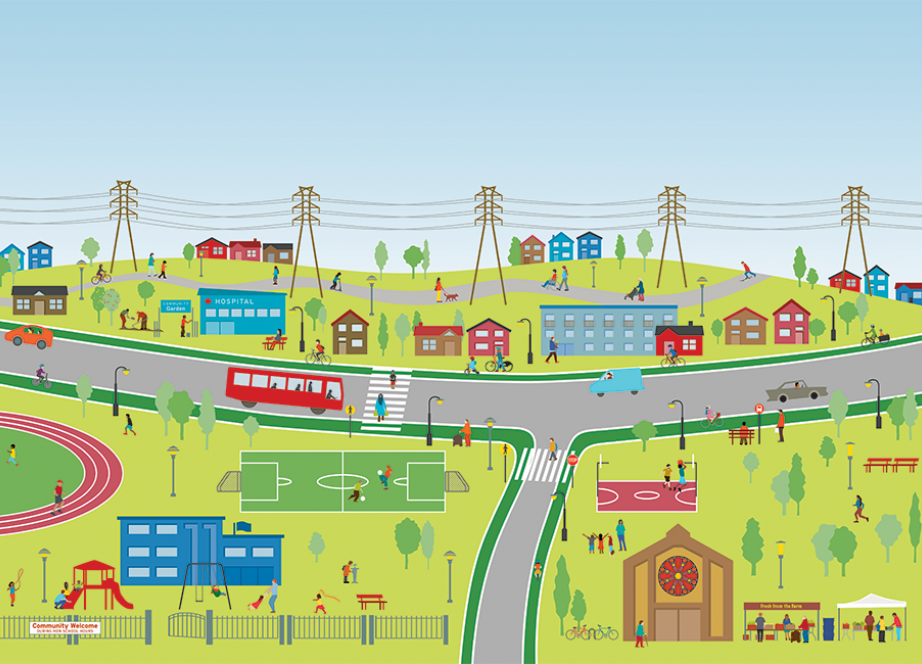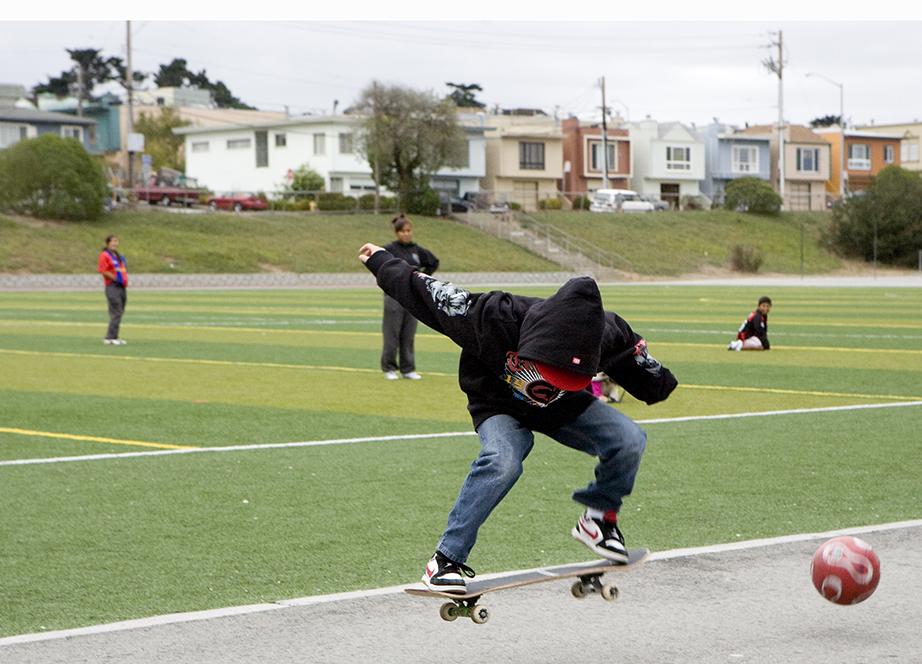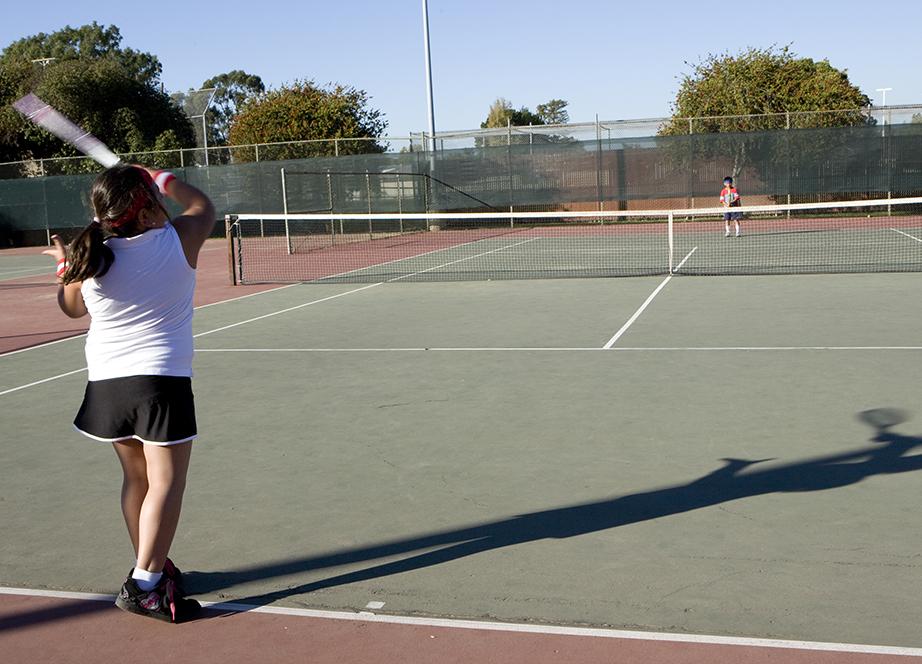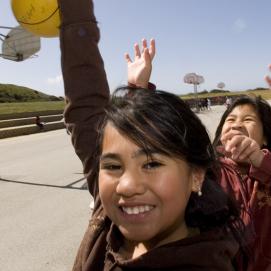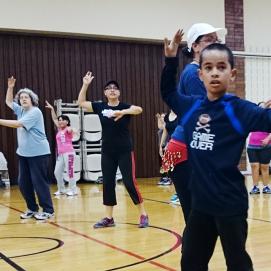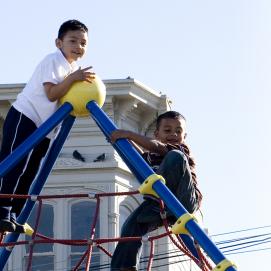Shared use — also called joint use, community use, or open use — occurs when government entities or other organizations agree to open their facilities for use by the broader community. One common example is a school playground available for public use after school hours; however, shared use arrangements can allow new users for many types of spaces, such as gymnasiums, pools, playing fields, parks, walking trails, garden plots, kitchens, meeting and performance spaces, and pavilions.
ChangeLab Solutions believes that shared use is a winning strategy because it makes efficient use of public resources to advance health equity in communities. Shared use can reduce race- and income-based health disparities by increasing access to safe, affordable opportunities for physical activity. Because it utilizes existing facilities, shared use is a particularly potent tool in under-resourced neighborhoods where a lack of funding might prevent development of new recreational spaces.
Shared use can take place on an informal basis (based on historical practice) or on a formal basis (based on a written legal document). A written agreement can help address concerns about resources, maintenance, security, and liability.
Rather than keeping their spaces locked and inaccessible to the community, many schools, congregations, public agencies, and other organizations are embracing shared use as a strategy to create more opportunities for exercise, recreation, play, and other health-promoting activities.
